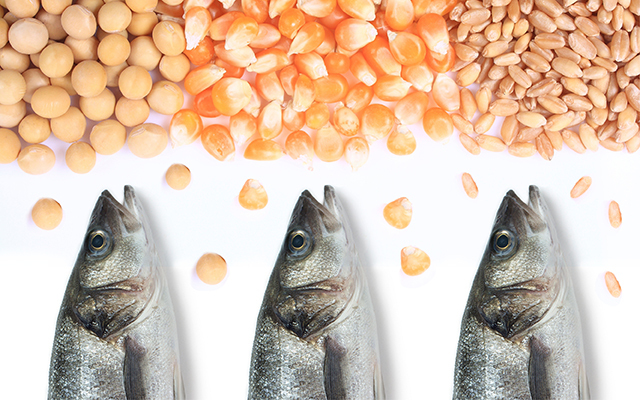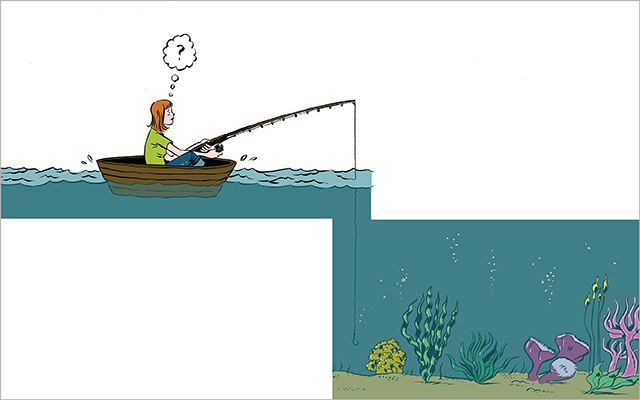Public-health officials have been extolling the benefits of a diet rich in fish for years, but changes underway in the thriving aquaculture industry are making it harder for producers to deliver on that promise. And for seafood-loving consumers, that could mean fewer healthy choices at the grocery store.
Farmed fish, which account for about half the seafood Americans consume each year, have traditionally been raised on a diet of fishmeal and fish oil — superior sources of heart-healthy omega-3 fatty acids. But with the world’s fisheries shrinking and aquaculture operations growing, the industry has gradually shifted to plant-based alternatives.
According to a new study from the Johns Hopkins Center for a Livable Future (CLF), these feed sources — including soy, corn, and wheat — produce fish with lower levels of omega-3 and higher levels of omega-6 fatty acids, which have been linked to an increased risk of inflammation, which can lead to chronic conditions like heart disease.
“Farmed fish get their health-promoting omega-3 fatty acids, EPA and DHA, from their feed, and specifically from fish oil,” study leader Jillian Fry, PhD, explained in a statement. “Our review found that increasing plant-based ingredients can change the fatty-acid content in farmed fish, which can affect human nutrition.”
The study, a collaboration between CLF, the University of Minnesota’s Institute on the Environment, and McGill University, was published in the March 11 issue of the journal Environment International.
The industry’s shift toward plant-based feed was ostensibly designed to relieve pressure on the world’s depleted fisheries. As the CLF team noted in its study, “Using forage fish and low-value ‘trash’ fish to feed a growing aquaculture industry raises concern of overfishing, disruption to aquatic food webs, food insecurity, and a potential net loss of seafood available for human consumption.”
But Fry and her colleagues, after reviewing more than 20 studies, found that the move has likely resulted in less-nutritious seafood — as well as troubling environmental impacts. “Aquaculture’s environmental footprint may now include nutrient and pesticide runoff from industrial crop production,” they wrote, “and depending on where and how feed crops are produced, could be indirectly linked to associated negative health outcomes.”
The aquaculture industry, Fry concluded, should “assess the environmental footprint and public-health impacts of their crop-based feed ingredients and seek those produced using sustainable methods.” Meanwhile, she added, the nutritional content of farmed fish should be monitored.
CLF’s study presents consumers with a clear choice: Choose wild-caught fish to get the most health benefits and to protect the environment. For tips on what to look for, see “Good Fishing” in our June 2010 issue.



This Post Has 0 Comments